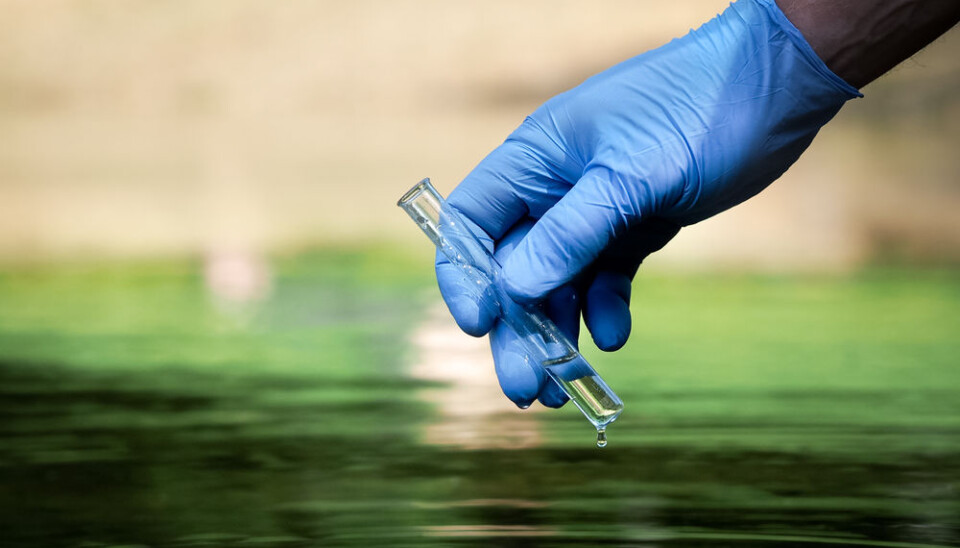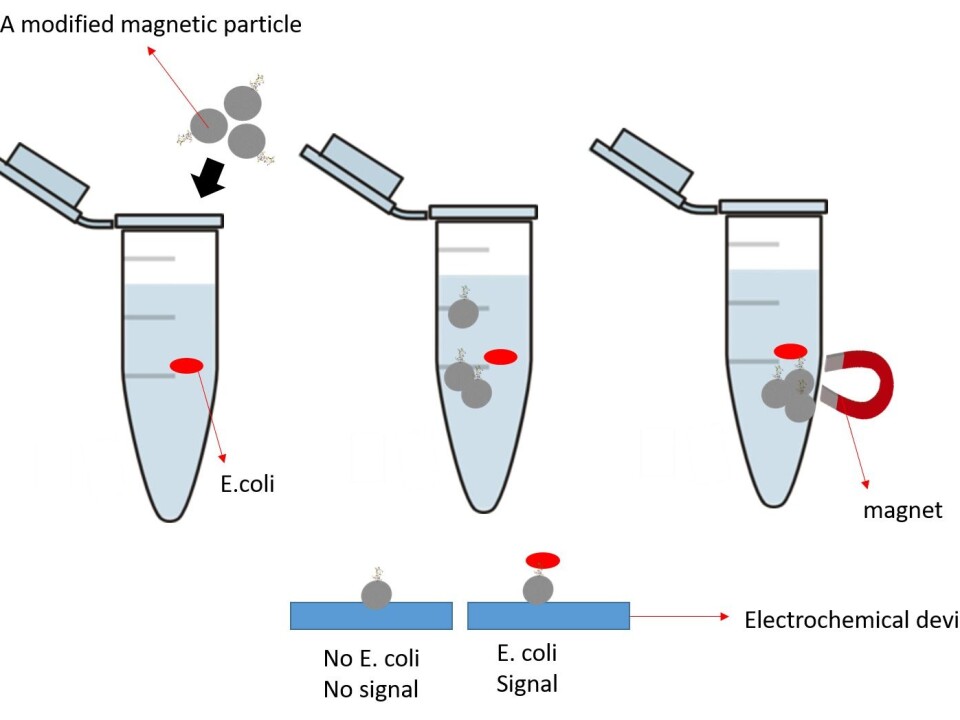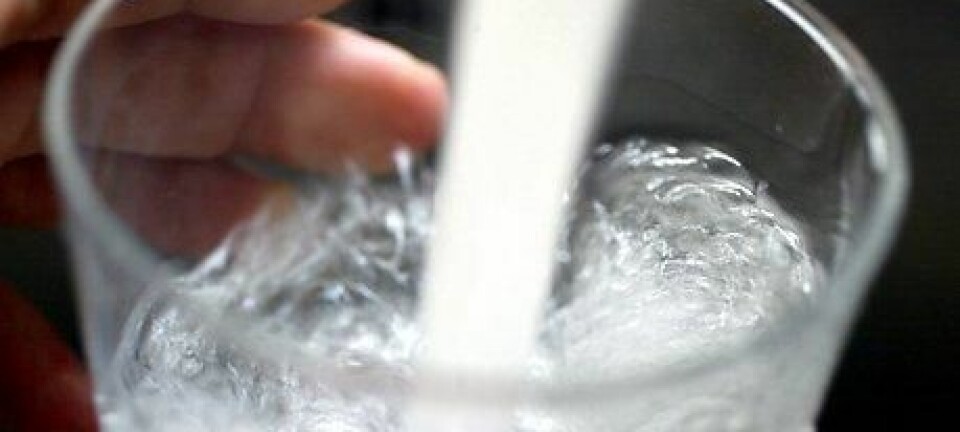
Smartphone sensor can detect dirty water
Using DNA-Magnetic particles we can detect single cells of E.coli bacteria in drinking water at record speed.
Denmark, like many other European countries, is lucky. When we pour ourselves a refreshing glass of tap water, we generally don’t need to worry about bacteria.
Thanks to well controlled water and sanitation systems, we have very low rates of bacterial contamination in our drinking water supply. And yet we can still find E.coli from time to time, especially in open water tanks where it can pose a public health risk.
Existing methods to detect E.coli are slow and often expensive, so we set out to develop a faster, cheaper approach using a small biosensor operated from your smartphone.
Finding faeces in drinking water
Scientifically speaking, E. coli is a normal flora in the mammal intestinal track. So when we find it in a water body, such as a lake or a stream, or the water that comes out of your tap, it indicates faecal contamination. Yes that’s right, poo contaminated drinking water due to leakages from the sanitation system.

It can also indicate the presence of other pathogens such as other bacteria, viruses, and parasites, which are definitely best avoided. Ingesting such pathogens can cause diarrhoea and cholera, while parasites can cause vomiting and irritable bowels syndrome.
Unsurprisingly therefore, rapid and sensitive monitoring to detect these pathogens early is essential to protect public health.
Read More: Harmful bacteria invade the groundwater
A nano detective in your phone
The World Health Organization (WHO) consider drinking water to be safe and clean when it contains absolutely no bacteria--not a single bacterium in 100 milliliters of water.
This is like trying to find a single fish in the entire ocean. A tricky task!
We can do it by growing the bacteria extracted from a water sample in a specific medium for 24 to 48 hours, and then studying it under a microscope to see if it contains any E. coli.
This method works but it can take up to three days to complete and needs to be carried out by a trained specialist—not great in an emergency situation. They also cost a lot of money—up to 55 $US for a commercial service.
Our new sensor on the other hand, detects the E. coli directly in a water sample. And unlike the traditional method, it can detect a single cell of E. coli in less than one hour.
Read More: This sensor detects when you need a glass of water
How it works
It uses something called DNA-magnetic particle technology, which essentially seeks out and isolates specific bacteria using lots of tiny, nano-sized magnets, which can be measured by a special device controlled by an app on your phone.
To analyse for contamination you first take a water sample and add the tiny magnetic particles, which are designed to seek out and bind to specific bacteria, in this case E. coli.
You then insert a sensor strip in the water sample. This is another magnet that attracts the DNA-magnetic particles, bound to the E. coli. The strip is then inserted into a device that takes an electrochemical measurement and thereby detects any E. coli in the sample.
Read More: Lithium in drinking water could protect against dementia
New sensor beats other advanced detection techniques
Of course our sensor isn’t the only advanced tool that can detect E. coli. Several other technologies are currently available. Most of them use optical and electrical measurements to detect bacteria.
Optical techniques, often detect changes in colour or fluorescence of organisms in a water sample. But this technique can only be used in clear water samples, and so is not much use in cloudy or turbid river water samples, for example. These samples would first need to be filtered before they could be analysed, adding an additional step, and therefore time, to the process.
Electrical measurements detect bacteria when they register a decrease of electrical signal due to the insulating properties of the bacterial cell wall. This technique is useful as it too can be miniaturized, like our smartphone biosensor, and it can be installed to continuously monitor a water source.
But it does have one major drawback: It often results in false signals from particles of the same size as bacteria.
Read More: Using rooftop rainwater to make drinking water
A fast, targeted approach
Using DNA-magnetic particles allows us to target specific bacteria, in this case E. coli, and ignore other common types of bacteria, which would otherwise interfere with the E. coli signal. For example, Bacillus, which occurs in rivers around the world.
By targeting one particular type of bacteria you can eliminate additional pre-treatment steps, such as filtration to remove other bacteria, like Bacillus.
We have also discovered that it is possible to use more than one DNA sequence to detect multiple bacteria in a water sample. We call this multiplexing detection and it makes environmental monitoring even more time- and cost-friendly.
There is still work to do before the sensor is optimised and ready to be used by industry. For example, we still need to simplify the initial sample treatment and sensing steps so that they can all be done in the device.
We hope that it will be ready in the next two to three years when this new sensor will be available to monitor drinking water and lead to cleaner water not only in Denmark, but elsewhere in the world, where clean water is often more precious than gold.
---------------
Read this article in Danish at ForskerZonen, part of Videnskab.dk
Deby Fapyane has developed the sensor as part of her PhD at Aarhus University. The technology has been submitted for patent and full details will be published in a peer reviewed journal once the patent has been granted. The research team hope to have a commercially available product in the next three years. Fapyane's project is supported by the NUMEN project funded by the Danish Council for Independent Research (DFF-FTP-4005-00482B).











